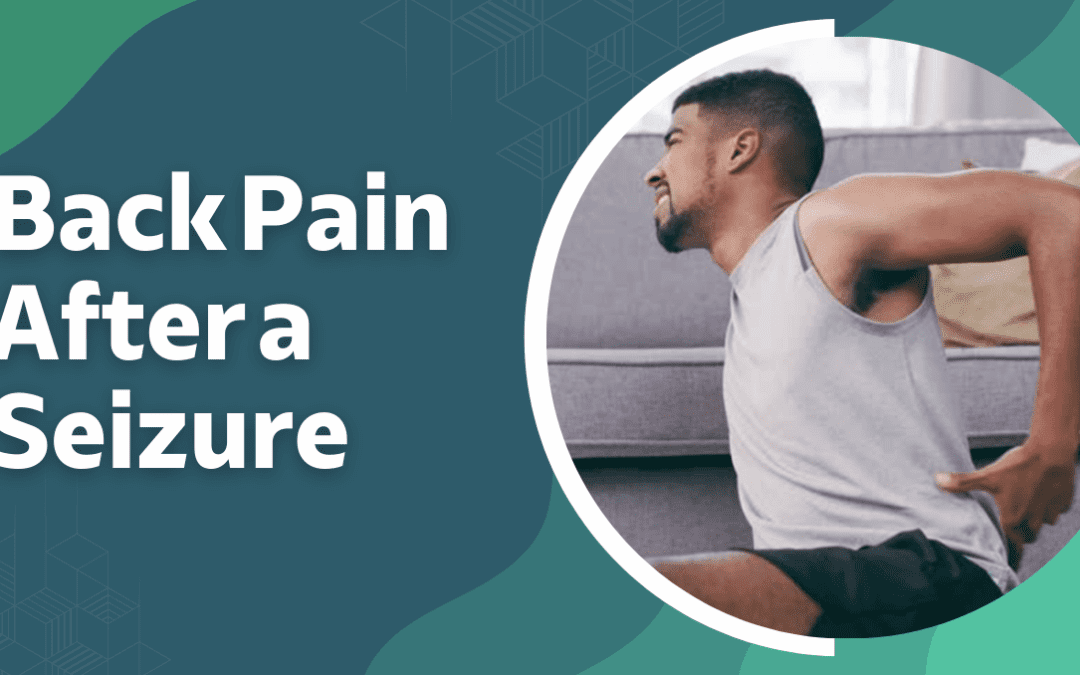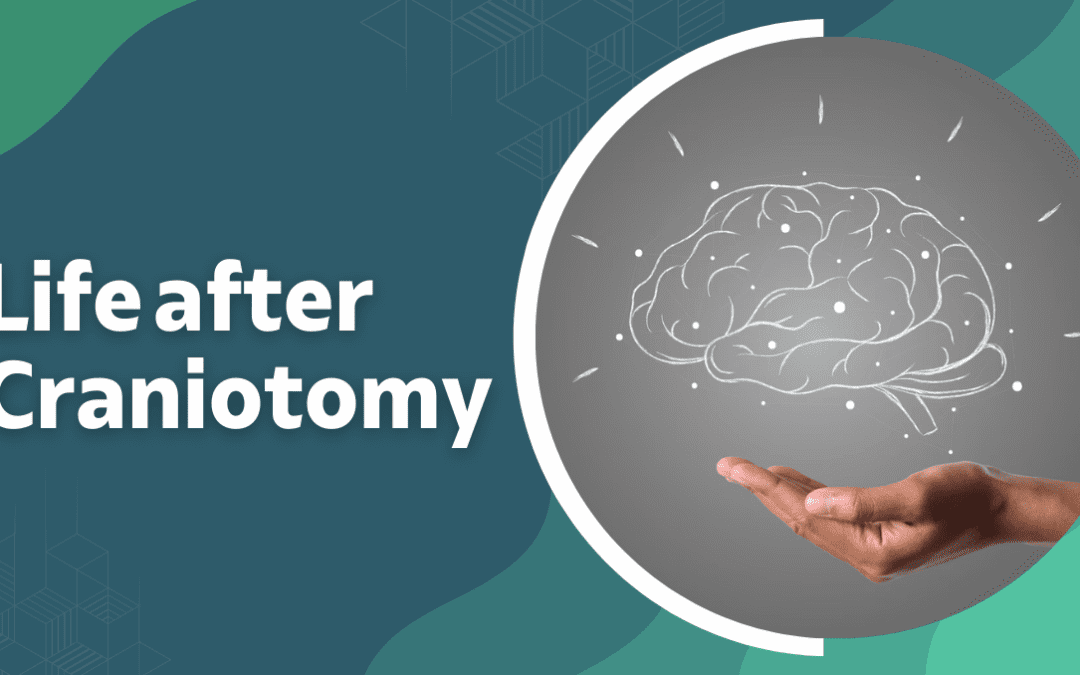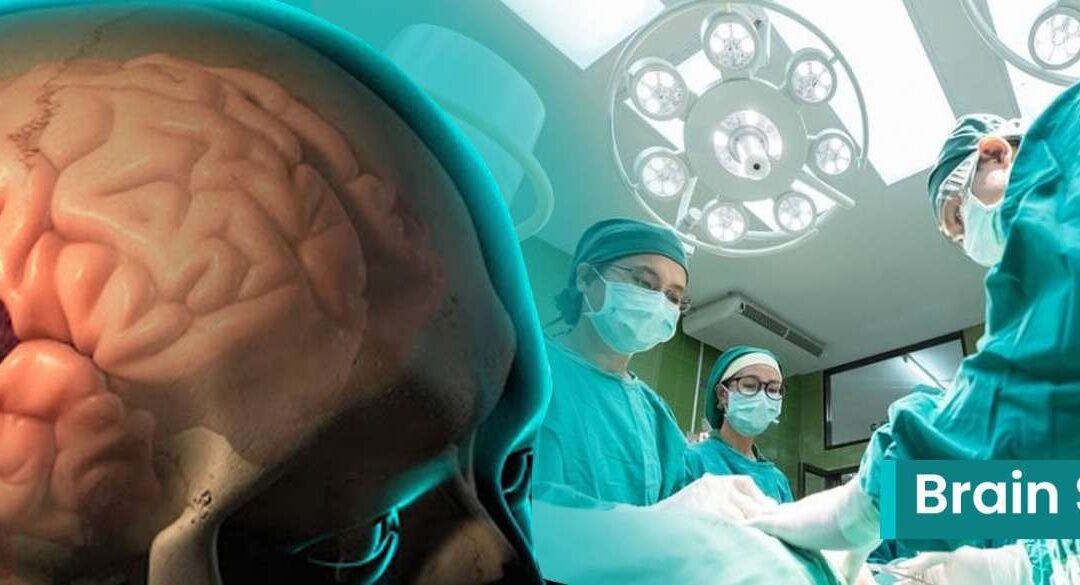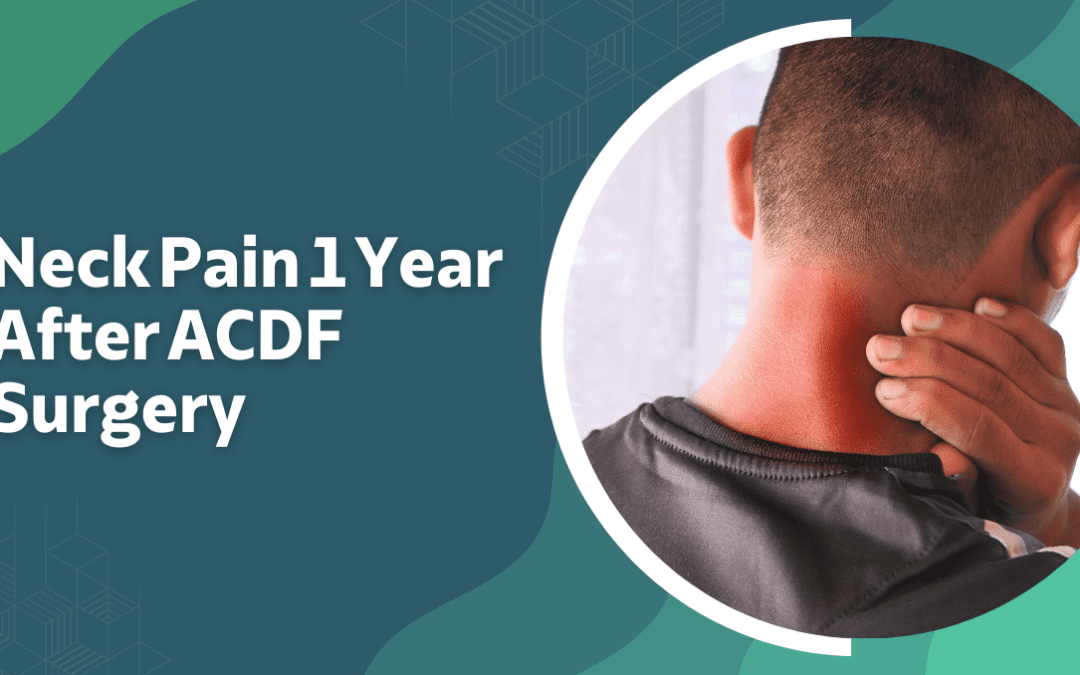


Back pain after a seizure
Seizures are sudden, uncontrolled electrical disturbances in the brain caused by various factors, including neurological disorders like epilepsy, brain trauma, and stroke. They can cause changes in behavior, movements, feelings, and levels of consciousness. Having a...
Life after Craniotomy
The brain is the most complex and least understood human anatomy, highlighting its incredible function and importance. It controls our thoughts, memories, emotions, and actions. Conditions affecting the brain can cause significant physical, cognitive, and emotional...
What Is The Recovery Time For Brain Surgery?
There are various conditions that can be treated with brain surgery, namely tumors and vascular malformations. No matter what your diagnosis is, if your doctor has advised brain surgery as a treatment option, you are surely wondering, “How much time will it take to...
